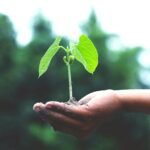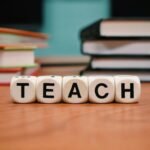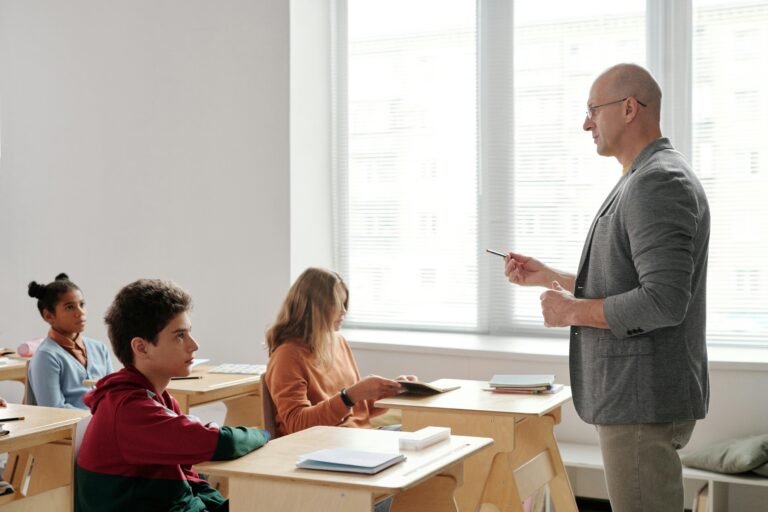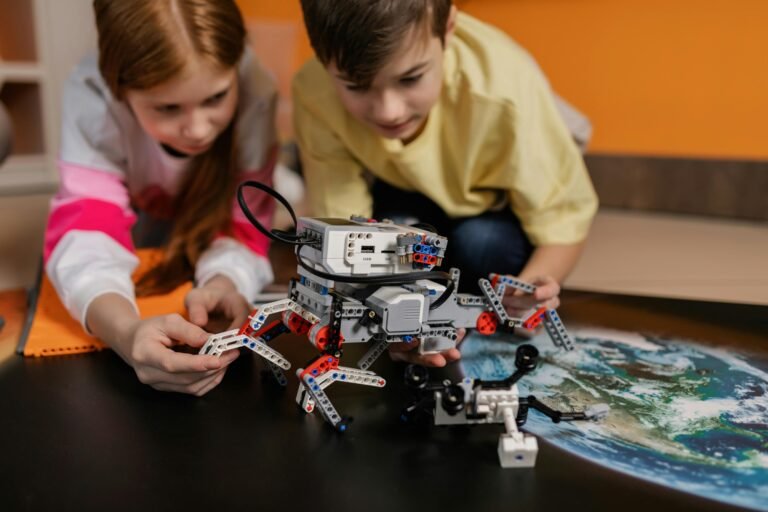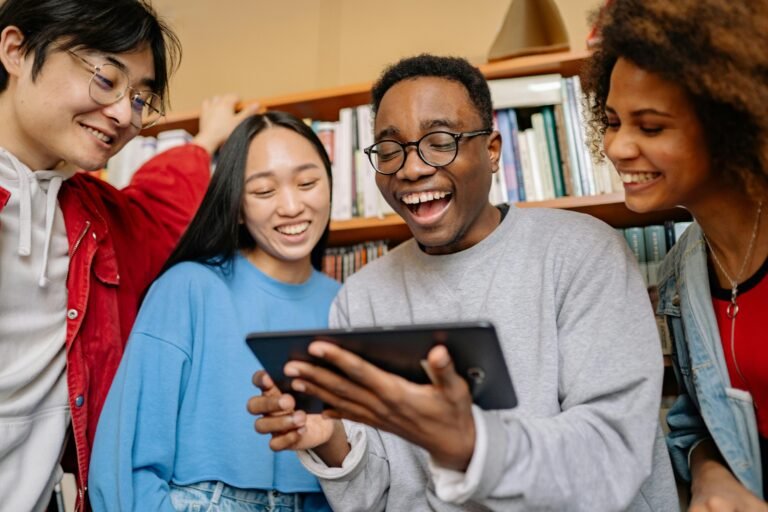Project Based Learning (PBL) transforms elementary classrooms into vibrant centers of exploration and discovery. Instead of teaching isolated facts, PBL invites children to solve real-life problems or create meaningful projects—all while developing essential 21st-century skills like collaboration, communication, creativity, and critical thinking. Plus, it fuels motivation, independence, and curiosity, making students proud owners of their own learning journey.
Below, you’ll find a rich collection of PBL prompts designed for students in kindergarten through second grade, organized by grade level and subject. Each prompt includes:
- A Driving Question—a spark to pique curiosity.
- A Brief Description—how the project unfolds.
- Possible Outcomes or Products—tangible results students can share, celebrate, and reflect upon.
These prompts are flexible: use them as-is—or tweak them to align with your school community, student interests, or seasonal themes.
Project-Based Learning (PBL) Prompts for K–2: Inspiring Young Learners Through Real-World Challenges
Kindergarten: Math Foundations Through Play
Driving Question: How can we plan a birthday party for our classmate?
Description:
Students collaborate to plan a birthday celebration using math skills in authentic ways. They survey classmates to find favorite snacks, decorations, and games. They practice counting, sorting, measuring, comparing, and basic graphing as they create a budget, shopping list, and party schedule. Finally, they help set up and enjoy the celebration together.
Possible Outcomes/Products:
- Bar graphs or pie charts displaying favorite party elements
- A clear budget, shopping list, and party timeline
- Handmade party decorations, games, and treats
- Personalized thank-you cards crafted by students
Kindergarten: Science Exploration at Home and School
Driving Question: How can we help the animals in our neighborhood?
Description:
Students explore the local animal world by identifying familiar creatures—birds, squirrels, rabbits—and discussing what they need to thrive. They investigate how human behavior impacts wildlife, brainstorm protective solutions, and design simple habitats or feeders. After constructing and installing them outside, they observe animal visitors, drawing and journaling about what they discover.
Possible Outcomes/Products:
- Small shelters or feeding stations constructed by students
- Observation journals or illustrated posters
- Student-created videos or presentations sharing what they’ve learned
Grade 1: Math Through Art and Planning
Driving Question: How can we use shapes to create art?
Description:
Students study geometric shapes—their attributes and how they combine or change. With paper, scissors, glue, paint, or collage materials, they design shape-based art that meets specified criteria. As they work, they use shape vocabulary (e.g., sides, angles, symmetry) to describe their art and compare it with others’ creations.
Possible Outcomes/Products:
- Individual or class-made shape artworks
- Short descriptions comparing and contrasting different pieces
- A classroom “shape gallery” to display student pieces
Driving Question: How can we create and use a calendar?
Description:
Students learn about days, weeks, months, and special dates. They compare types of calendars and design their own using craft materials. Students mark birthdays, holidays, and class events, learning to plan ahead and reflect on their lives. They share their calendars, discuss how they used them, and review feedback using simple rubrics.
Possible Outcomes/Products:
- Student-created calendars marked with important personal and school dates
- Reflection logs on how and why students used their calendars
- Teacher-and-student feedback forms
Grade 1: Green Science & Environmental Awareness
Driving Question: How can we create and use a compost bin?
Description:
In this eco-focused project, students research composting methods and build a compost bin using recycled materials. They track what organic items they add (peels, leaves, paper scraps) and document the compost’s progress over time—observing, measuring, and charting changes. Eventually, the compost is used in a classroom garden or plant pots.
Possible Outcomes/Products:
- A functioning compost bin made by students
- Compost (finished or in-progress) to support plant growth
- Observation journals or measurement charts
- Presentations or videos outlining results and care tips
Driving Question: How can we grow and take care of plants?
Description:
Students choose a plant (flower, herb, vegetable) and research its needs—sunlight, soil, watering routines. They plant seeds or seedlings and track growth through drawings, measurements, and observations. Harvest time invites class recipes or plant sharing with families or school gardens.
Possible Outcomes/Products:
- Pots or garden plots with flourishing plants
- Graphic journals documenting plant growth
- Student-led presentations or video logs on care tips
Grade 2: Math Carnival & Time Exploration
Driving Question: How can we plan and host a math carnival for our school?
Description:
Students design a mini math fair to teach their schoolmates math through fun. They survey peers to identify favorite math topics like fractions, patterns, geometry, or number lines. In groups, they design and build games, test them with each other, refine based on feedback, and host the carnival—sharing rules and inviting participants.
Possible Outcomes/Products:
- Student-created math games
- Survey charts showing peer interests or game effectiveness
- Rubrics and feedback forms from players
- Invitations, posters, or carnival signage
- A full-day math fair, hosted and managed by students
Grade 2: Learning About Time and Nature
Driving Question: How can we create and use a clock?
Description:
Students explore time and timekeeping. They investigate analog vs. digital clocks and build their own clocks from paper or cardboard. Equipped with clock hands, they label hours and minutes. They use the clock daily to tell time, compare, estimate intervals, and incorporate interactive games.
Possible Outcomes/Products:
- Student-made functioning clocks
- Classroom time-telling games
- Reflection rubrics on tell-time activities
Driving Question: How can we create and use a bird feeder?
Description:
Students explore bird species and dietary needs, then design and build bird feeders using recycled materials. After placing their feeders outdoors, they observe and log bird visits, identify species, and record behavior and numbers.
Possible Outcomes/Products:
- Shared bird feeders
- Identification charts or bird calendars
- Journals or logs tracking visits and behavior
- Group presentations or videos documenting the project
Driving Question: How can we create and use a weather station?
Description:
Students explore weather observation tools, design simple instruments (thermometers, rain gauges), and track daily weather. They record data on temperature, precipitation, wind, or cloudiness. They compare class data to local forecasts and analyze trends over time, practicing drawing conclusions and making predictions.
Possible Outcomes/Products:
- Student-built weather tools
- Data logs or charts showing weather changes
- Analysis reports comparing class data with real forecasts
- Presentations or visual data displays
Why This Kind of PBL Works in K–2
- Real-world connections: When students see their learning in everyday life, they’re more invested and curious.
- Skill integration: Projects naturally blend math, science, language, and fine motor tasks.
- Student ownership: Young learners grow when their ideas and effort shape the process.
- Collaboration & communication: Working in pairs or groups models lifelong skills.
- Reflective thinking: Journals and sharing prompt students to think about how and what they’ve learned.
Tips for Bringing These Projects to Life
- Customize prompts to reflect local contexts—seasonal themes, neighborhood issues, school initiatives.
- Gather inexpensive materials: recycled bits, craft supplies, repurposed items. You don’t need expensive resources.
- Use visual scaffolds: posters or anchor charts to remind students of steps and objectives.
- Pair vocational skills with reflection: sketching, counting, measuring, writing—valuable for all academic areas.
- Create routines: Daily journal time, routine measurement periods.
- Build in sharing: Presentations, classroom galleries, parent showcases, video snippets.
- Encourage reflection: Ask simple prompts like “What worked well?” “What would you do differently?” “What surprised you?”
In Closing
Integrating project-based learning with thoughtfully structured tasks doesn’t just teach content—it builds capacities young students will carry throughout life. Whether they’re planning parties, caring for wildlife, creating product prototypes, or running mini-carnivals, these K–2 PBL ideas spark curiosity and cultivate collaboration, communication, creativity, and critical thinking.
So go ahead—pick a project, gather your students, and watch them learn by doing. When children take ownership of real-world challenges, learning becomes an act of discovery.
Related Posts
Inquiry-Based Learning: A Powerful Approach for K-12 Education
Project-Based Learning: A Student-Centered Approach for K-12 Education
Inquiry Based Learning vs Project Based Learning: What’s the Difference?
Terms Used in Curriculum and Instruction for K-12 schools



